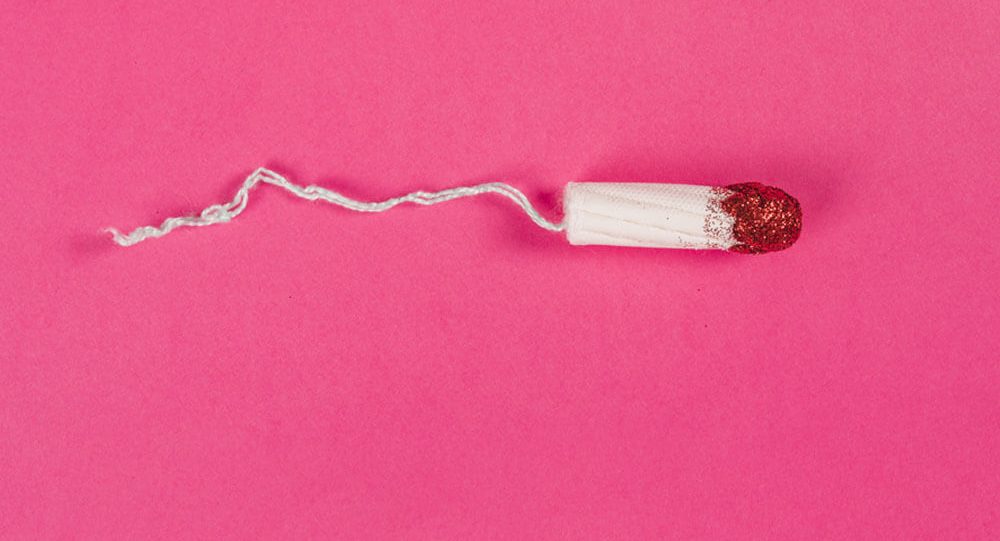TREATMENT AND PREVENTION OF TOXIC SHOCK SYNDROME
 Jul,28,2020
Jul,28,2020
Toxic shock syndrome is a rare condition that is caused by bacterial toxins. It can affect many systems of the body simultaneously and can be life-threatening at times as well. The common symptoms of toxic shock syndrome include high fever, skin peeling, rashes, and low blood pressure. In some cases, it may also lead to infections such as osteomyelitis, pneumonia, mastitis, and necrotizing fasciitis.
As the condition can have very serious effects, the doctors at low-income health clinics will recommend you to undergo proper medical treatment at a hospital. Toxic shock syndrome may be cured with the right and timely treatment depending upon how severe the condition is. Below are some of the common treatment options for toxic shock syndrome.
IV Antibiotics
This is the usual treatment method opted at low-income health clinics to treat toxic shock syndrome. The antibiotics administration through IV will help to stop the bacteria from growing in your body. However, this treatment method does not remove the toxins that have already accumulated in your body.
Immunoglobulin Therapy
This treatment method is generally advised when the condition is very severe. Immunoglobulin is a key element of blood plasma that contains antibodies. Immunoglobulin administration through IV will help to boost the immune system of your body and activate it to fight the infection.
Other Treatment Methods
As toxic shock syndrome can have varied symptoms, you may also need additional treatment to manage its ill effects. For instance, if you are experiencing dehydration, low blood pressure, and shock, you may need IV fluid and medications to treat the condition. In some cases, advanced treatment procedures, such as dialysis and blood transfusion, are also recommended depending upon the severity of the condition.
How to Prevent Toxic Shock Syndrome
- Women who have been treated for toxic shock syndrome are at a higher risk of getting it again. However, you can lower the chances by following the below prevention tips.
- Keep your wounds clean and dry, and change the bandages on a regular basis.
- Get in touch with experts at a free women’s health clinic as soon as you notice any signs of an infection in a wound.
- Be careful when using contraceptive sponges, tampons, or diaphragms. If possible, avoid using these if you have experienced any kind of bacterial infection.
- Practice good hygiene when using tampons. Use a low absorbency tampon and make sure to change it frequently.
- Always wash your hands thoroughly before handling a tampon whether it is before putting it in or taking it out.
- Never use tampons when you do not have a period. You should also use sanitary pads when you have a light flow.
To Book an Appointment
We are standing by to assist you.

 Call Now to
Call Now to 



